Indian retail giant Reliance has been busy bringing a series of competitively-priced smartphones to market under their LYF brand. The Reliance Jio LYF Earth 1 is their premium offering, featuring a 1.5Ghz octa-core Snapdragon 615 processor, with 3GB RAM and 32GB of expandable storage.
The Earth 1’s photography proposition offers a dual-cam set up, including a 13Mp primary sensor, combined with a second 2Mp sensor for depth sensing. The depth sensing allows photographers to edit the focus position and depth-of-field effect after snapping a shot, but the second camera doesn’t offer a tele-lens for optical zoom shots. Other features include Full HD 1080p@60fps video, a 5.5-inch AMOLED 1920×1080 resolution display, an Exmor-R CMOS image sensor, and a 6x digital zoom. Let’s see how the Earth 1 holds up in our industry-standard benchmark tests of smartphone image quality.
Key camera specifications:
- 13Mp Exmor-R CMOS image sensor
- Secondary 2Mp sensor for depth sensing
- 1.5Ghz octa-core Snapdragon 615 processor
- 5.5-inch AMOLED 1920×1080 display
- Full HD 1080p@60fps video
About DxOMark Mobile tests: For scoring and analysis in our smartphone camera reviews, DxOMark engineers capture and evaluate over 1500 test images and more than 2 hours of video both in controlled lab environments and in natural indoor and outdoor scenes, using the camera’s default settings. This article is designed to highlight the most important results of our testing. For more information about the DxOMark Mobile test protocol, click here. More details on how we score smartphone cameras are available here.
Test summary
Achieving an overall DxOMark Mobile Score of 48 points, breaking down to 47 points for still photos and 52 points for video, the photography capabilities of the Earth 1 are a little limited compared to many smartphones we’ve tested. In certain outdoor conditions, still photos can be reasonably well-exposed with good detail preservation of fine textures, but color casts, exposure and autofocus irregularities, and visible noise all reduce image quality. Noise reduction is implemented better when shooting video, but texture preservation is often low as a result. White balance problems in outdoor videos also persist, and although color is better in low-light videos, a very slow frame rate, autofocus irregularities, and ineffective stabilization all affect the smoothness and watchability of the Earth 1’s movie files.
Bright light
Shooting outdoors, or in bright light, the Earth 1 is capable of some decent exposures in well-balanced lighting conditions, and detail preservation is often fairly good, if not outstanding. Dynamic range is very limited, however, with a significant loss of detail in both the highlight and shadow regions. A significant level of chromatic noise is also visible in the shadow areas in many outdoor pictures, as well as heavy luminance noise in areas of uniform color, such as the sky. White balance tends to be on the magenta side in sunny conditions, but in cloudy conditions, a heavy blue/magenta color cast is very evident. Autofocus is generally accurate in good lighting, but focusing speeds are slow, with the Earth 1 often taking over a second to lock on.
Low light and Flash
Low light can be quite challenging for good image quality on the Earth 1, which tends to suffer from low texture preservation in both static and moving scenes, along with a heavy buildup of luminance noise. Exposures are acceptable indoors down to 20 Lux, but in very low-light conditions of 5 Lux, images are underexposed, and at 1 Lux, they are completely dark. Autofocus performance is also either inaccurate or slow, often taking longer than a second to lock on.
Enabling the Earth 1’s flash in low light can help improve exposure in some cases, although irregularities over consecutive shots can result in some frames being out of focus and/or underexposed. The main problem, however, is the blue white balance color cast that invariably occurs with flash photography, along with very noticeable luminance noise.
Zoom and Bokeh
The Earth 1’s second (rear-facing) camera isn’t used for optical zoom shots. Digital zoom can of course still be used for framing in tighter on distant subjects, but image magnification achieved this way has an impact on image quality. The Earth 1 records its best results at 2x magnification in very bright light, where texture preservation is good and artifacts are limited. At greater magnifications or when using zoom in lower light conditions, fine details start to disappear and problems such as maze, moiré, and aliasing amplify, so try and stick to 2x zoom magnification where possible.
We don’t consider the effects possible with the Earth 1’s second, lower-resolution, depth sensing sensor as a true bokeh or portrait mode due to the way it’s been implemented. Although a photographer can apply a background blur effect after the initial image has been taken, since it’s not applied automatically as part of the smartphone’s default photography features, we do not include it in our analysis.
Photo scores explained
The Earth 1 achieves a total photo score of 48, which is calculated from its scores in tests that examine different aspects of its performance under different lighting conditions. We’ll take a closer look at these image quality sub-scores in this section.

Exposure and Contrast
Reliance Jio LYF Earth 1
45
In bright but well-balanced lighting conditions, the Earth 1 is capable of some nice exposures, but even in cloudy conditions outdoors, pictures have a tendency to be slightly underexposed.
Dynamic range is very limited, too, which is especially noticeable in high-contrast scenes, where a significant amount of detail is lost in the highlights, as you can see in our under-the-bridge test scene. Even in relatively easy indoor scenes in which the principal exposure is just about acceptable, any bright highlights outside the window are completely overexposed.
Exposure scores by lighting conditions saw a relatively consistent 58 and 52 for indoor and outdoor lighting, respectively, but a much lower 25 for low light. Exposures at 20 Lux are acceptable; images at 5 Lux are noticeably underexposed but just about exploitable; but images at 1 Lux (candlelight) are almost completely black and unusable.

Color
Reliance Jio LYF Earth 1
57
An okay overall score for color, with the Earth 1 achieving color category scores of 73 in indoor shots, with lower scores of 52 and 49 for outdoor and low-light color, respectively. Colors are generally vivid and pleasant in outdoor images, with accurate exposure; and although hues can be slightly oversaturated, this is often a look that smartphones users prefer.
You can see in our test scene shots that there’s a particular issue with white balance in cloudy conditions, with a strong magenta and blue color cast prevalent. White balance can be more accurate in sunnier weather, as we’ve seen in some of the best examples from the Earth 1, but white balance instabilities are also evident on consecutive shots, switching between those blue and magenta tones.
Strong color shading also occurs in all lighting conditions, with a heavy pink cast in the center shifting to green at the edges.

Autofocus
Reliance Jio LYF Earth 1
50
A very low score for autofocus, with inaccuracies and slow performance often occurring with the Earth 1. In our benchmark lab tests in low-light conditions (20 Lux), after waiting a short delay between defocusing the device and requesting focus, autofocus failed for all 30 test shots, with no sharp images recorded. When waiting a longer 2 seconds and requesting focus in the lab, the Earth 1 achieved sharp images, but it took a fairly lengthy half-second for the Earth 1 to lock on. With our objective measurements shooting natural test scenes, it appeared to take even longer, somewhere between 1 and 1.5 seconds, making it difficult to capture the decisive moment on this device.
In very bright light conditions (1000 Lux) results were better, with sharp images captured in all 30 test shots after a short delay, which is encouraging, but again, autofocus speeds were slow, taking the Earth 1 almost a whole second to lock on. Speeds improved in lower light (300 lux), where again, all the test pictures were sharp and snapped almost instantly. So bright, but not too bright, is the best environment for the Earth 1’s autofocus system.

Texture
Reliance Jio LYF Earth 1
49
Relatively good detail preservation is possible in static scenes in bright light, with well-defined textures visible in the brickwork of this building. Very fine details such as the intricate metal work on the balconies are clearly more defined by premium competitors such as the iPhone 8 Plus, however.
In lower light conditions, the loss of detail starts to become more obvious, and in lighting conditions of 100 Lux or less, texture preservation deteriorates rapidly, even in static scenes, with sharpness down to around 30% at 5 Lux. Scenes with motion are even more challenging for the Earth 1 in all lighting conditions. Your best bet is shooting in very bright light, but even here sharpness only just exceeds 50% in scenes with some subject motion. Texture preservation is significantly improved using a tripod, however, maintaining around 80% sharpness down to 20 Lux in static scenes, so it’s certainly worth considering some camera support when shooting static scenes with the Earth 1 in low light.
You can see from crops of test chart images shot handheld in the lab, that in very bright light (1000 Lux), the detail for the Earth 1 isn’t far behind premium devices such as the iPhone 8 Plus, and marginally better than the Lava Z25. In low light, however (20 Lux), a loss of sharpness and visible artifacts seriously affect image quality.

Noise
Reliance Jio LYF Earth 1
43
A fairly low score for noise and the sample images below indicate why. The crops of handheld images in low light (20 and 5 Lux) show the impact of the heavy noise and artifacts on the Earth 1’s image quality, with results from the Lava Z25 and the Apple iPhone 8 Plus both smoother and sharper for fine detail preservation.

Artifacts
Reliance Jio LYF Earth 1
40
Points are deducted for artifacts, or visible errors in images, with the main penalties applied to the Earth 1 for vignetting, ringing, cyan shift, color fringing, a loss of sharpness, and color quantization. Along contrast edges, fringing, ringing and aliasing are often visible on smartphone images when viewed at large scale, but with the Earth 1, these errors are sometimes noticeable even at small scale, particularly the heavy color fringing in some outdoor shots. A visible cyan shift, which can result in some unnatural looking blues in the sky is also very noticeable, as well as color quantization, that results in abrupt changes in color in uniform areas where the gradients could be smoother. Although these problems aren’t uncommon with smartphones, they’re particular noticeable in some of the Earth1’s images and could be improved with better software implementation.

Flash
Reliance Jio LYF Earth 1
51
The Earth 1 captured some good exposures using flash only and flash mixed with additional artificial light sources. Vignetting, or corner shading, is also well-controlled when mixing flash with additional lighting. Performance and processing could be improved, however, as white balance is always very blue, noise is often visible, including noticeable chromatic noise on flash-only shots, and portraits often suffer from the red-eye effect. Both exposure and autofocus irregularities occurred in consecutive shots in the lab, too.

Zoom
Reliance Jio LYF Earth 1
18
A low score for zoom, with the Earth 1’s digital zoom solution resulting in a low level of detail preservation in all lighting conditions. Its best results are achieved in bright light at 2x magnification, but even in the best examples, a loss of detail is evident and chromatic noise is visible. These flaws are amplified at longer zoom magnifications, with poor resolution and heavy chromatic noise in medium- and long-range zoom shots in all lighting conditions. Some aliasing, maze, and moiré effects, as well as strong color fringing, and irregularities between consecutive zooms shots also negatively impacted the zoom score.

Bokeh
Reliance Jio LYF Earth 1
25
The Earth 1 gets the default score of 25 points for bokeh, as it doesn’t feature a portrait mode that automatically applies a background blur effect upon capture. The second sensor does enable an effect that a photographer can apply in post-production, but as this isn’t an automatic mode, it falls outside the scope of our tests.
Video scores explained
The Earth 1 achieves a Video score of 52 points, which is a modest improvement over its performance for still photos. We calculate the overall video score using the video sub-scores to give us some indication of the device’s pros and cons for shooting moving images: Exposure (57), Color (63), Autofocus (20), Texture (44), Noise (70), Artifacts (45), and Stabilization (40).
The best aspect of the Earth 1’s video performance is noise reduction, with fairly clean files shot in both outdoor and indoor lighting conditions. Where noise reduction is effective, however, texture and fine detail preservation is fairly low, and you can expect noticeably more noise when shooting movies in low light.
Another strength for video is color, with good white balance achieved in low-light and indoor videos. White balance accuracy remains elusive when shooting video outdoors, however, with irregularities rendering a range of different color casts depending on the weather conditions. Color rendering is also fairly muted in low light, where videos are underexposed. Some strong color shading is also visible in outdoor videos, as well as color fringing along contrast edges. Color saturation indoors and outdoors is generally good, if not amazing, and when shooting color test charts in the lab, saturation was fairly strong. This doesn’t translate to well-saturated hues in natural scenes, however, which were a little more average.
Exposures can be acceptable in well-balanced lighting outdoors, especially on static scenes, but there are issues with temporal aspects, and exposure irregularities are common. Dynamic range remains very limited in video exposures, too.
Achieving smooth videos is also challenging for the Earth 1 due to a combination of frame rate, stabilization, and autofocus issues. Autofocus jumps around with walking and panning actions, and there’s unnecessary refocusing due to its limited tracking capabilities. The frame rate is also very slow, dropping to 17fps in low light, and stabilization isn’t effective, with frequent jumps in videos.
Conclusion: Watch this space
Reliance can be praised for developing competitively-priced smartphones for the Indian market with many of the higher-end features seen on premium devices. In the case of the Earth 1, however, implementation could be improved, as more effective processing would ensure better results for both stills and video. We look forward to seeing how the brand develops its technologies to achieve image quality on par with its key competitors.


Pros
- Good detail preservation in bright light
- Good flash coverage when mixed with additional light sources
Pros
- Good color rendering in lab test videos
- Well-controlled noise in outdoor and indoor lighting
Cons
- Autofocus failures often occur
- Dynamic range is limited
- Strong pink white balance cast in all lighting conditions
- White balance and exposure instabilities
- Strong luminance noise in low light
- Heavy color shading in all lighting conditions
- Strong blue white balance in flash pictures
- Heavy color fringing and ringing
- Low resolution and strong chromatic noise in zoom shots
Cons
- Autofocus irregularities and limited tracking capabilities
- Stabilization is not effective
- Very low frame rate in low light
- Dynamic range is limited
- Visible exposure and white balance instabilities
- Strong color shading, especially outdoors
- Heavy color fringing


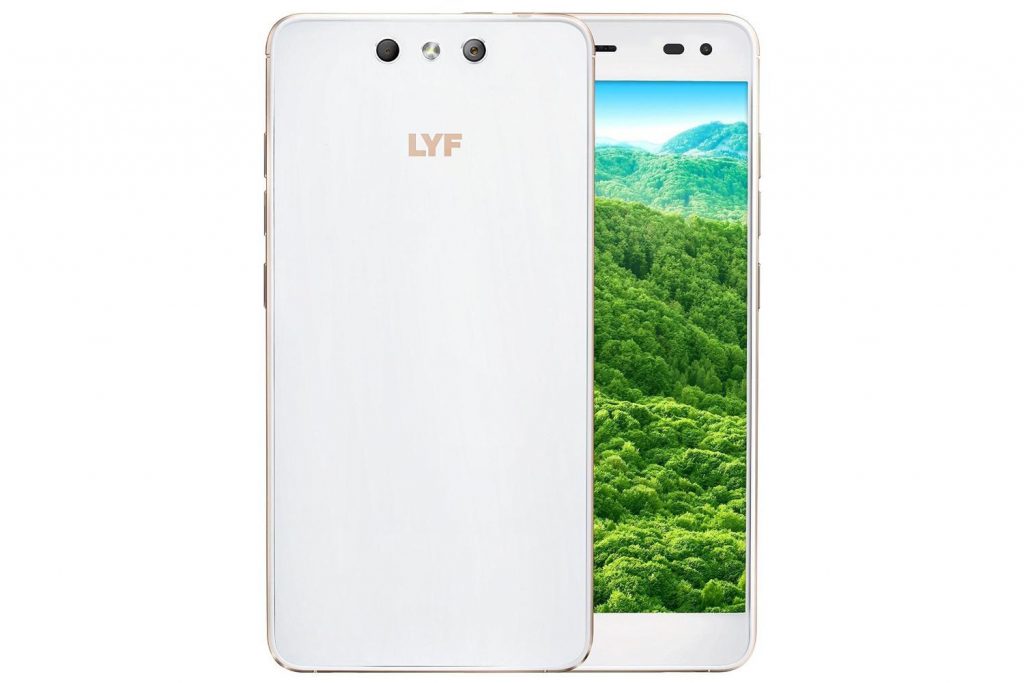
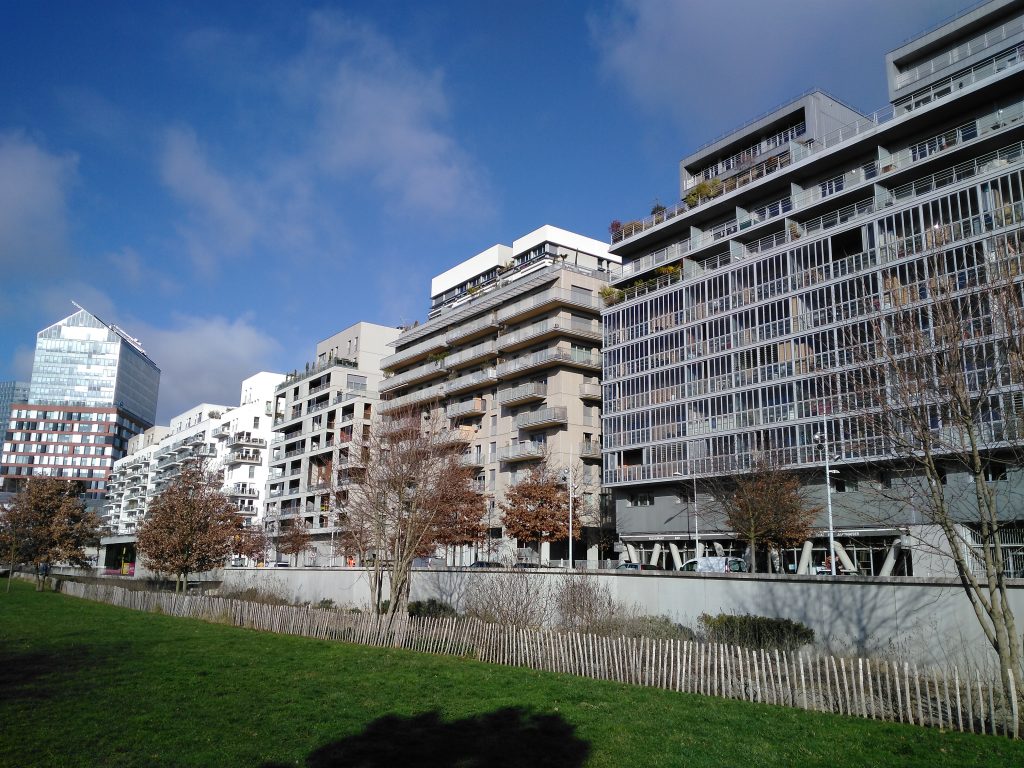
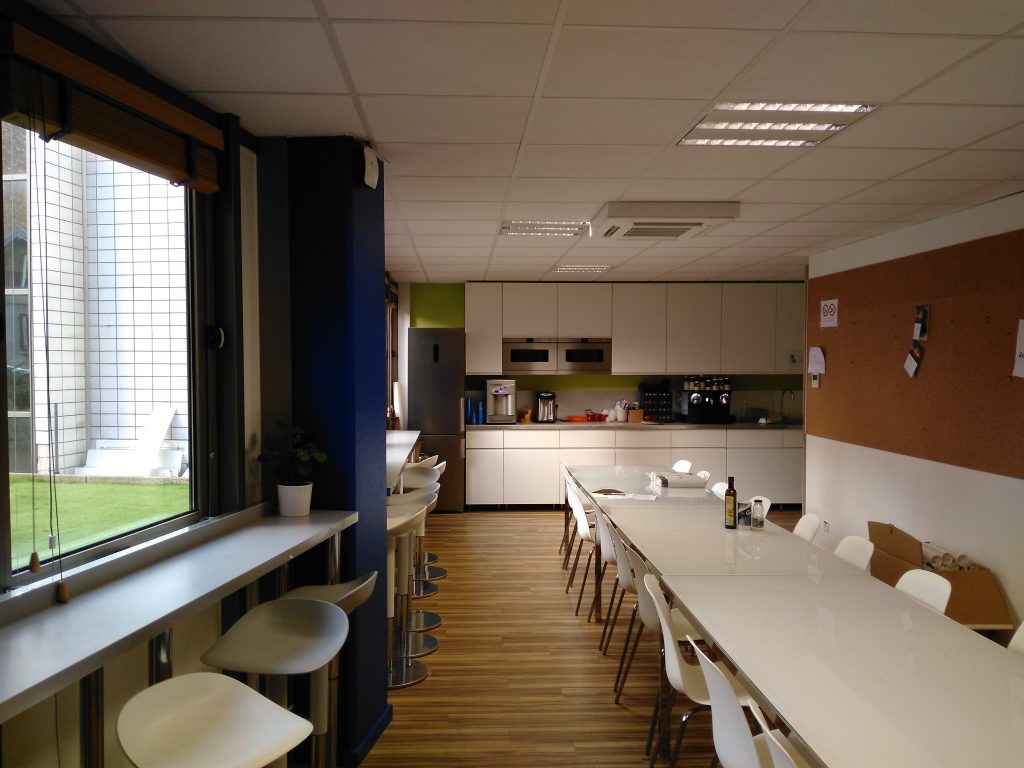
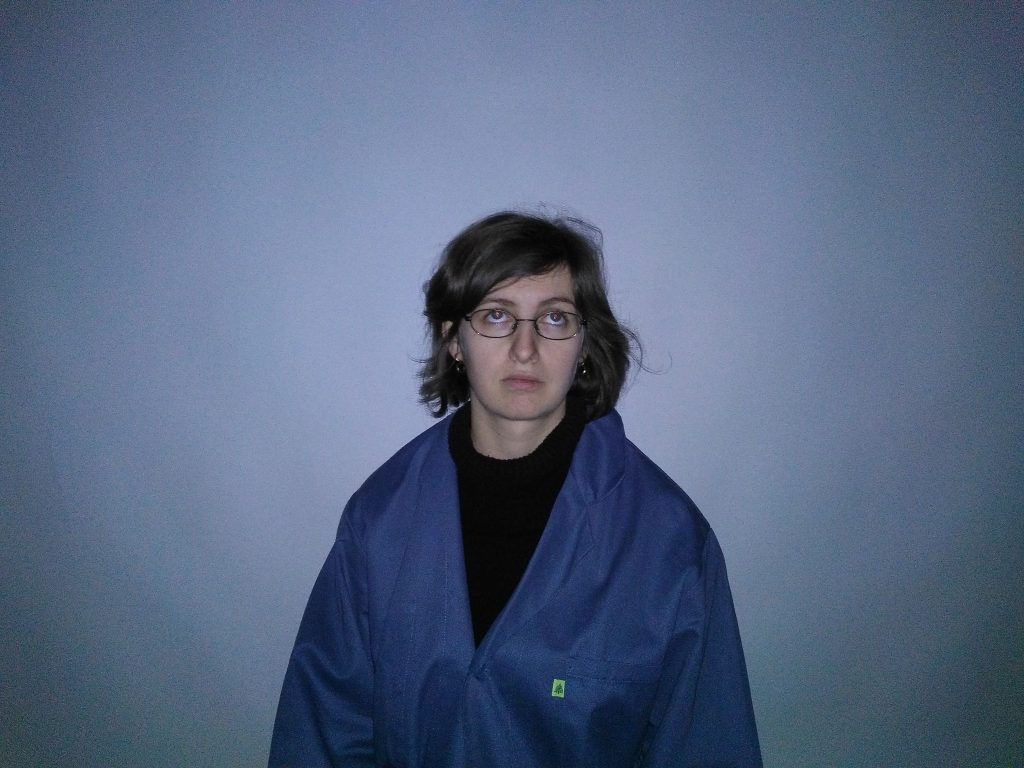
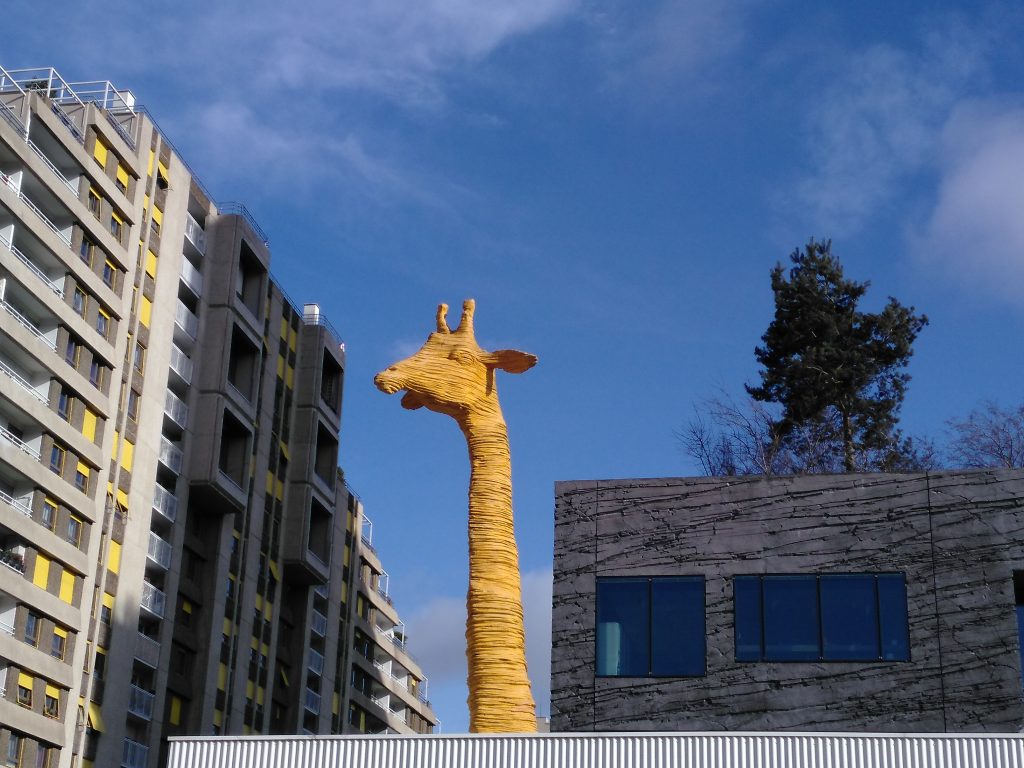
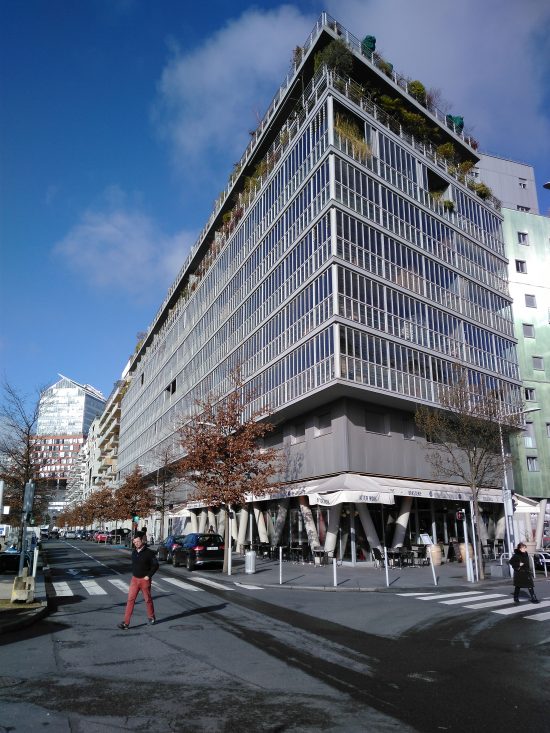
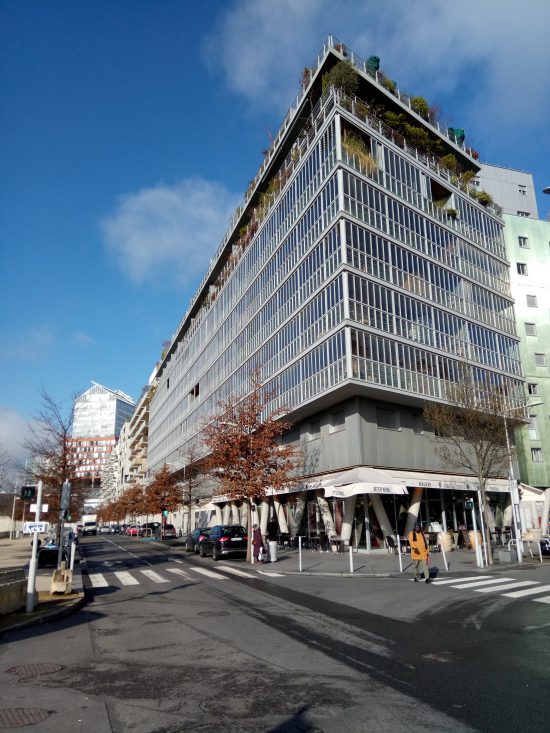
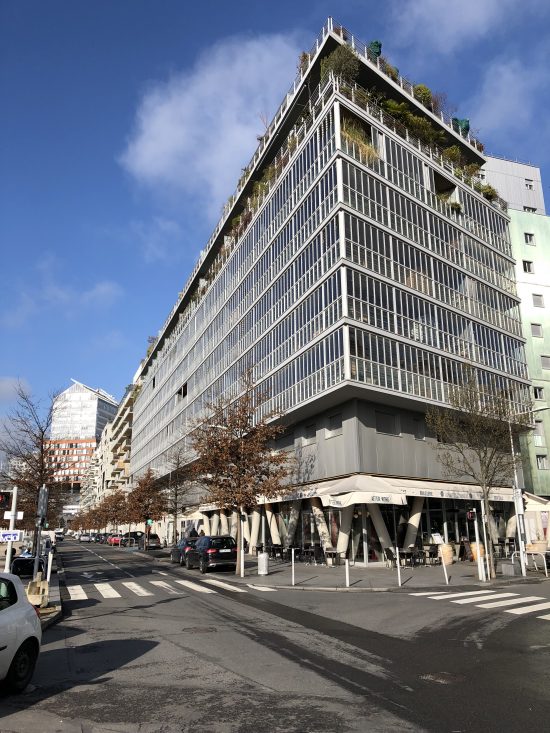
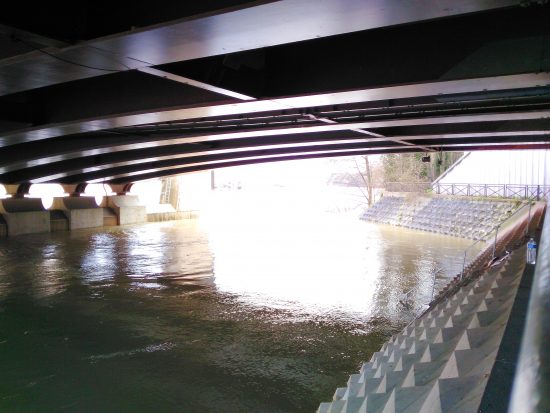
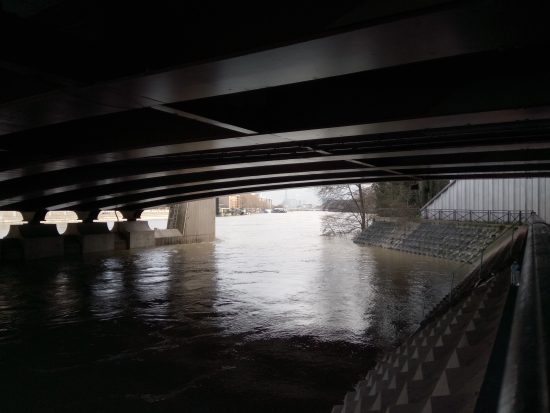
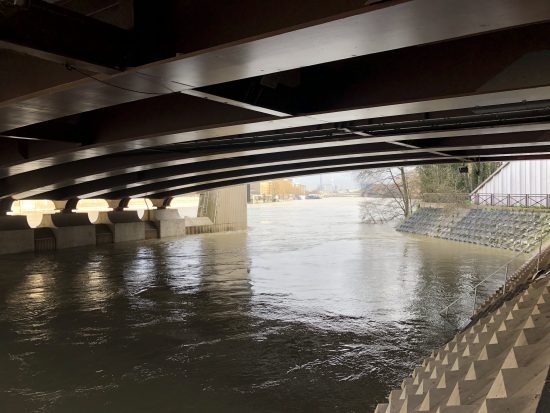
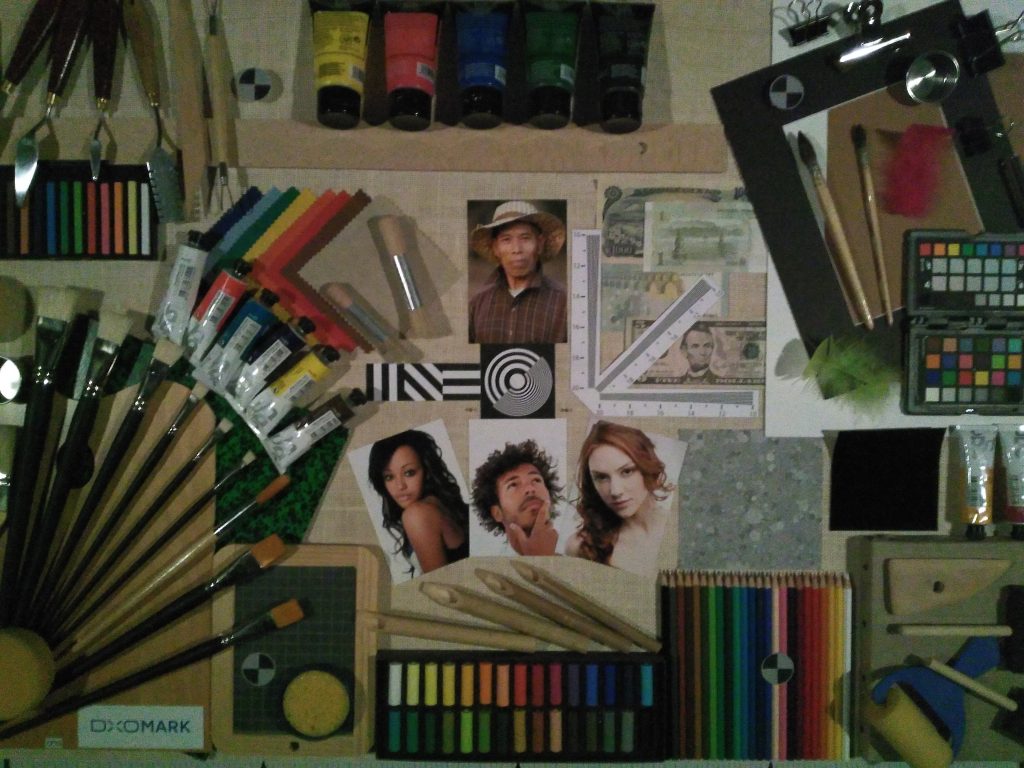
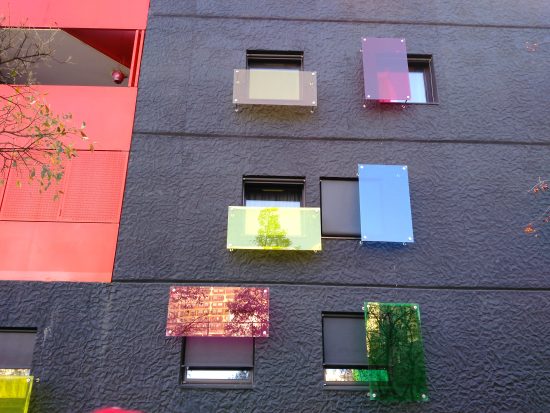
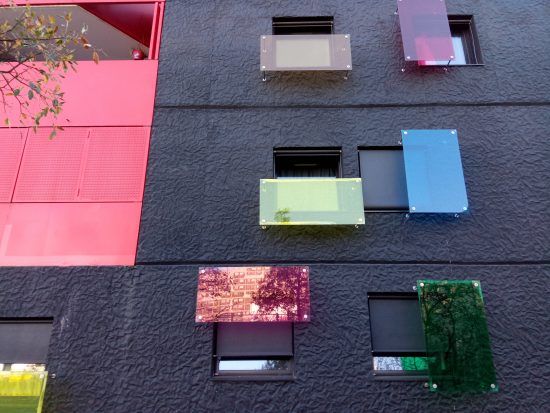
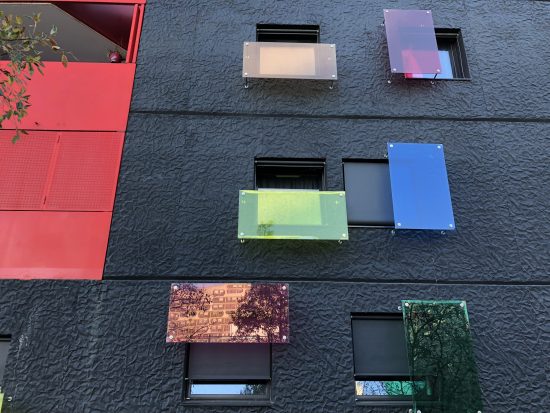
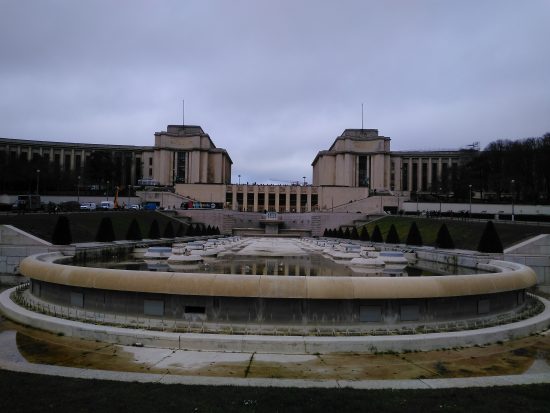
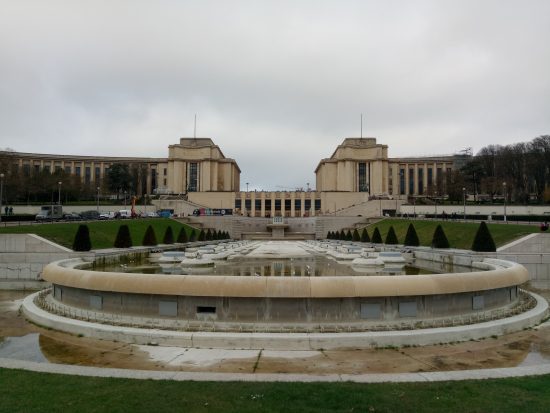
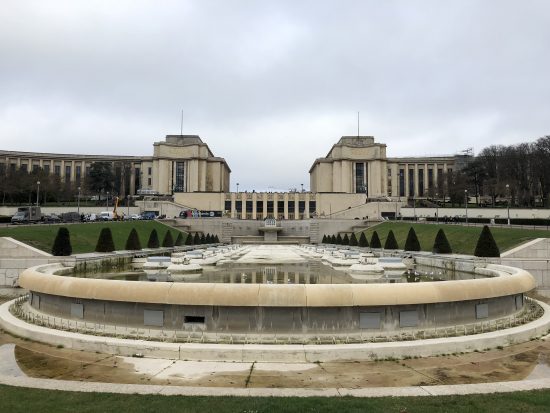
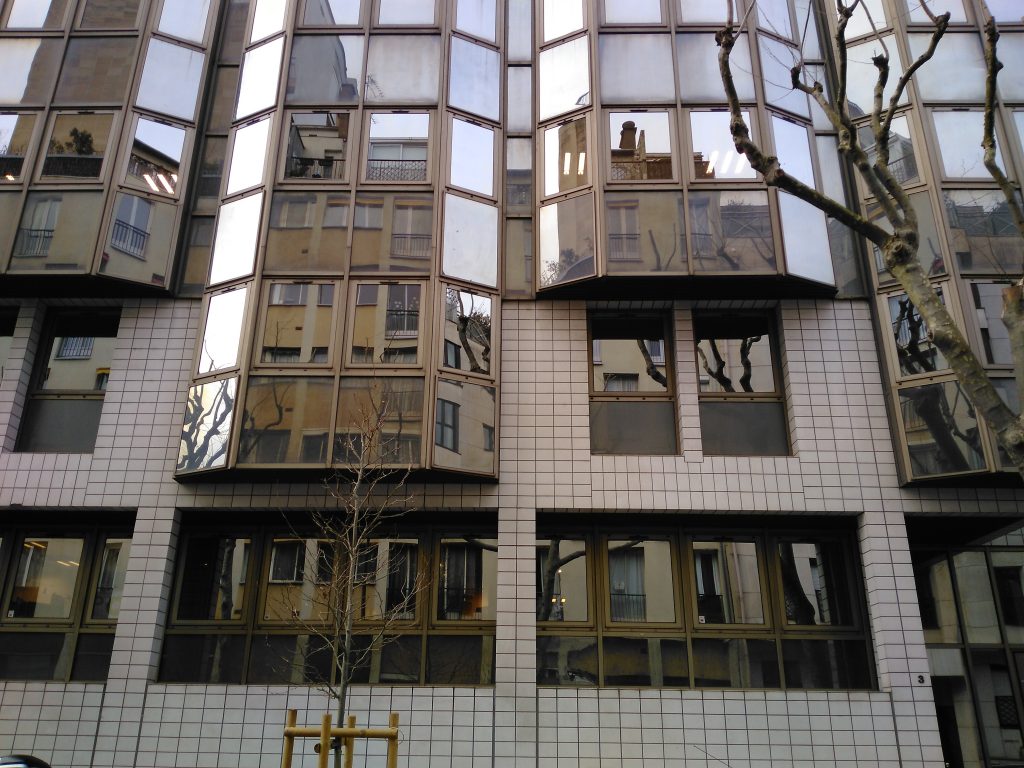
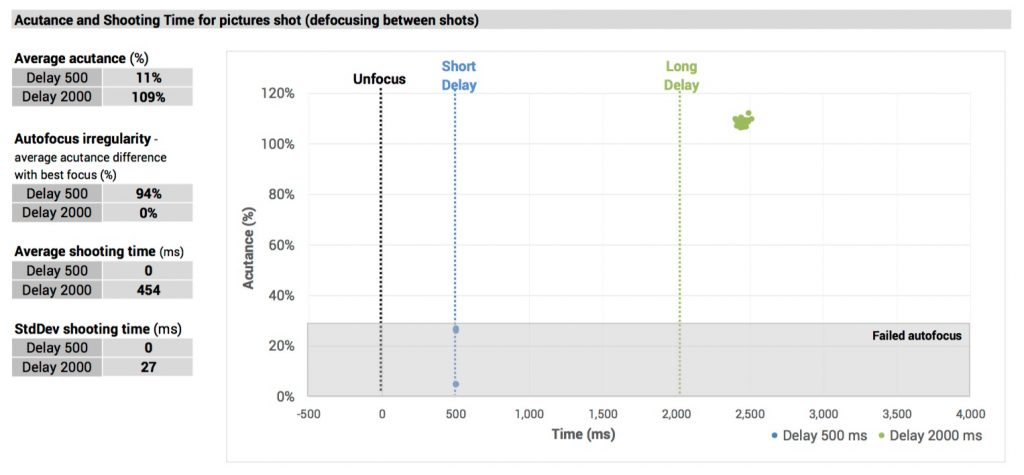
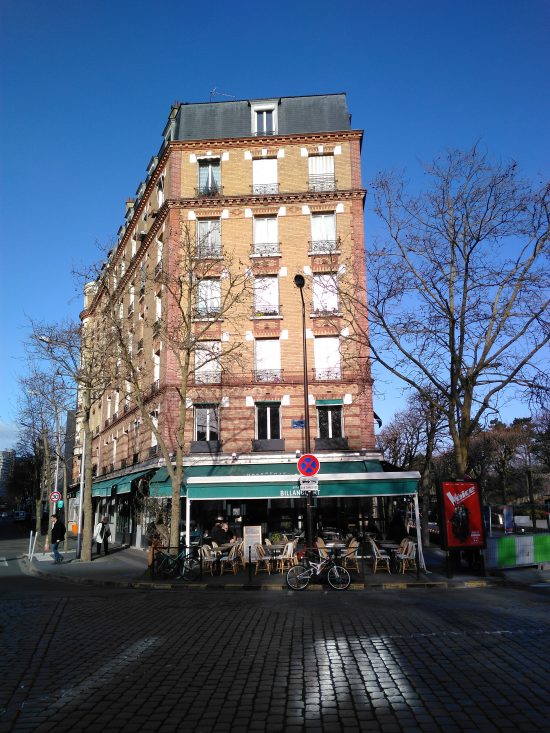
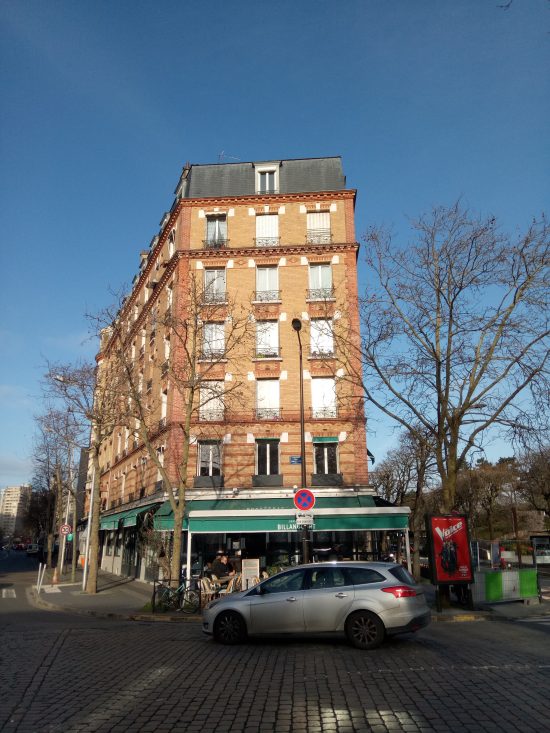
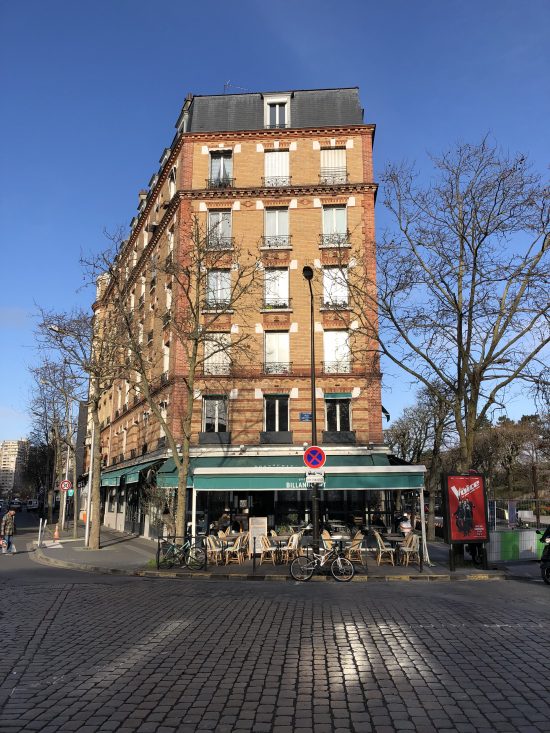
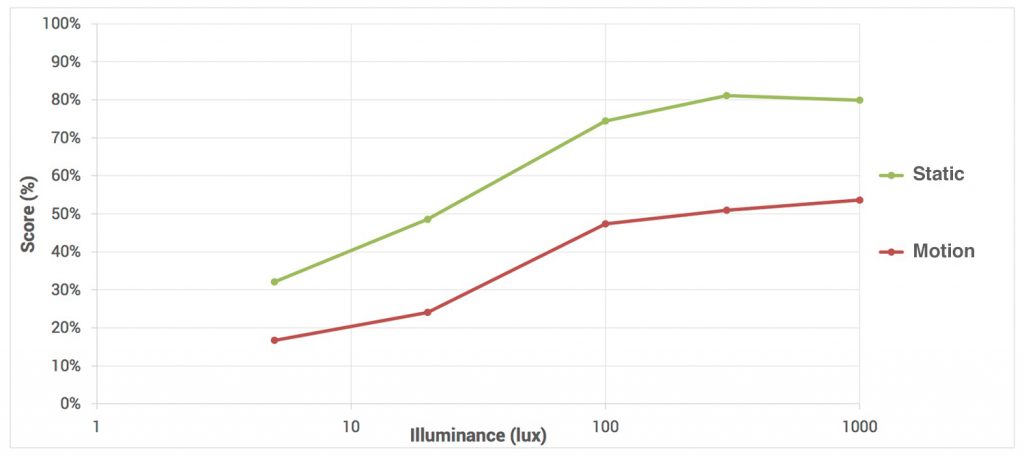
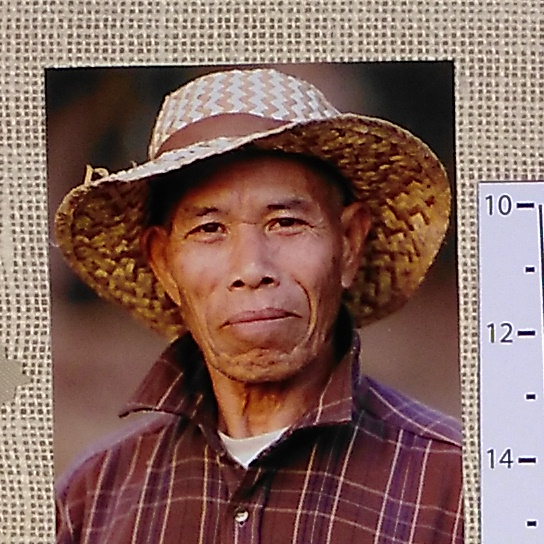
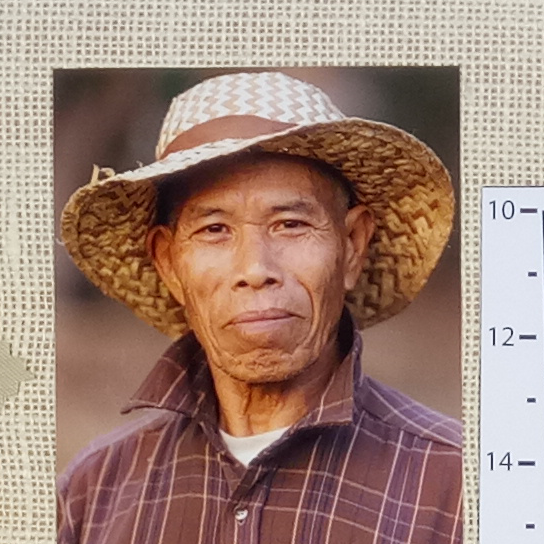
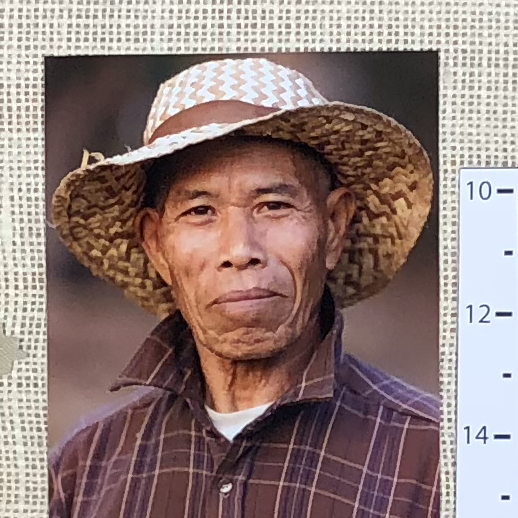


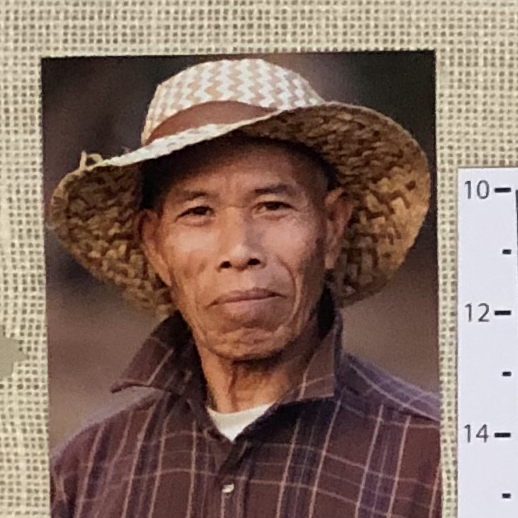






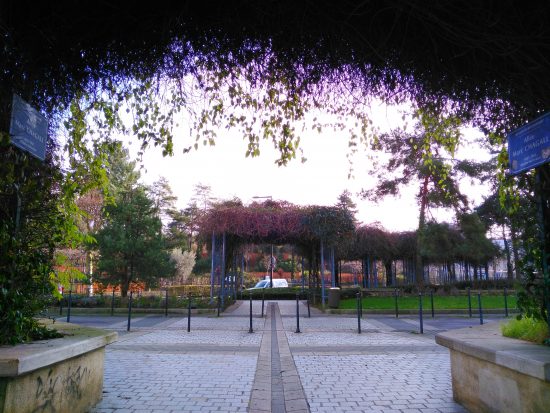
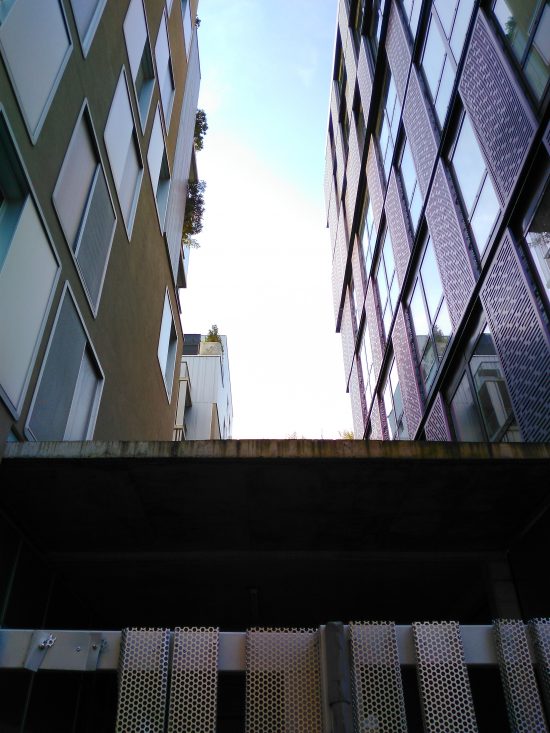
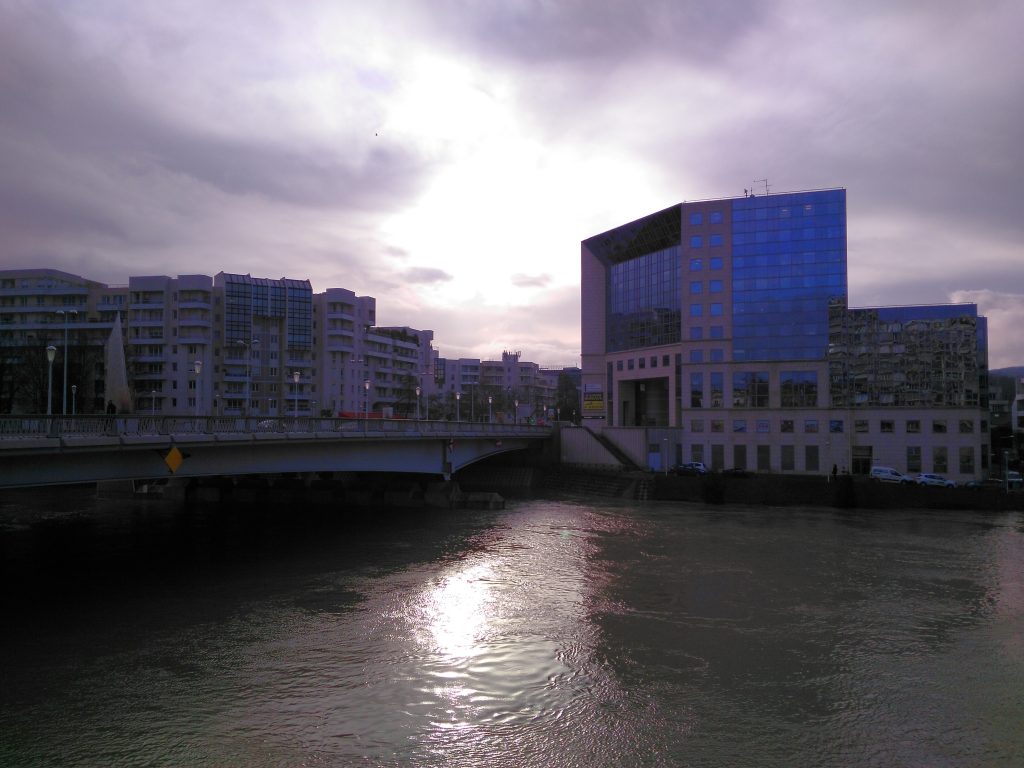
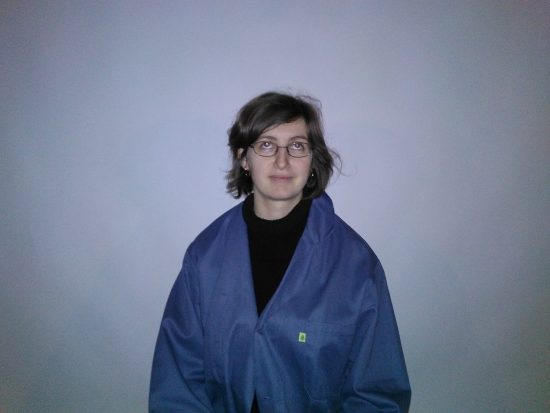
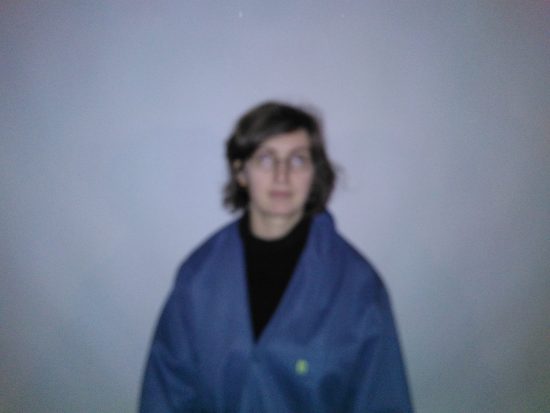
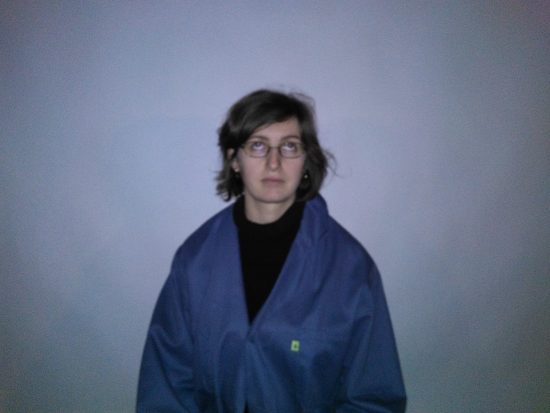
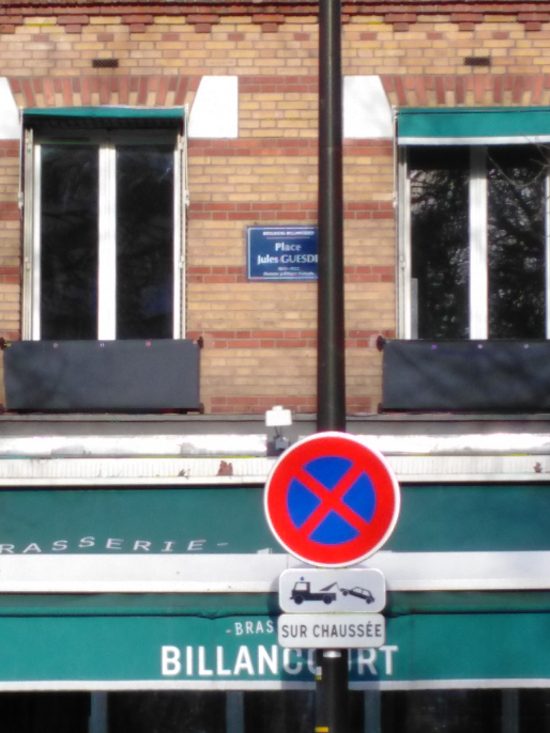
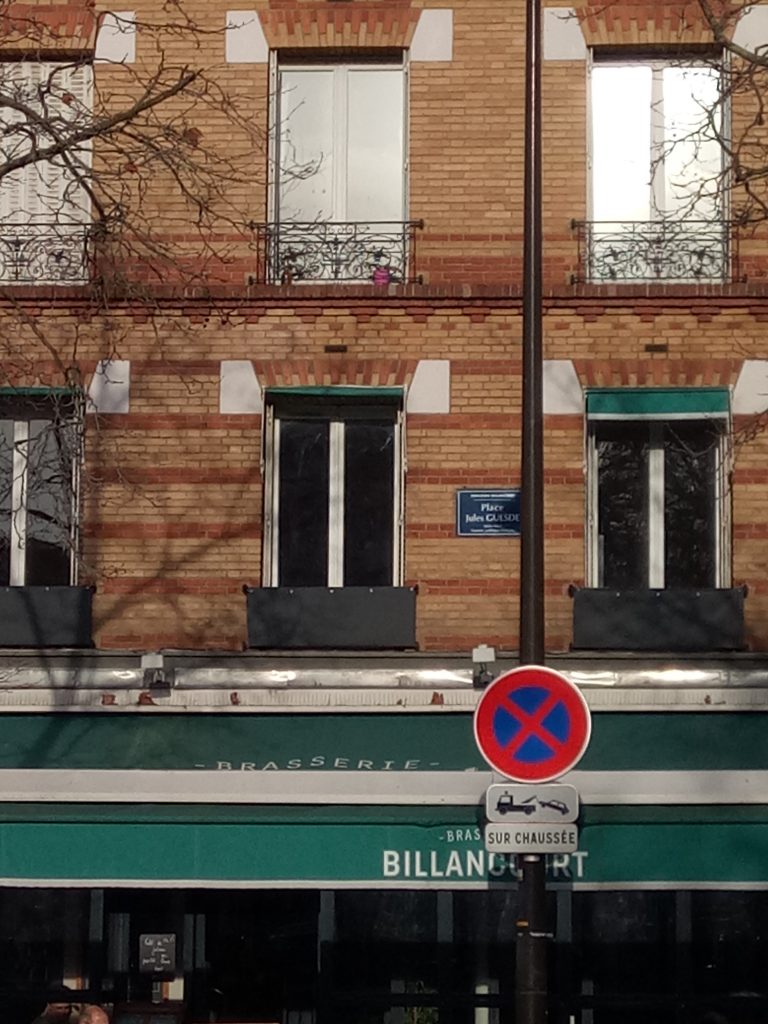
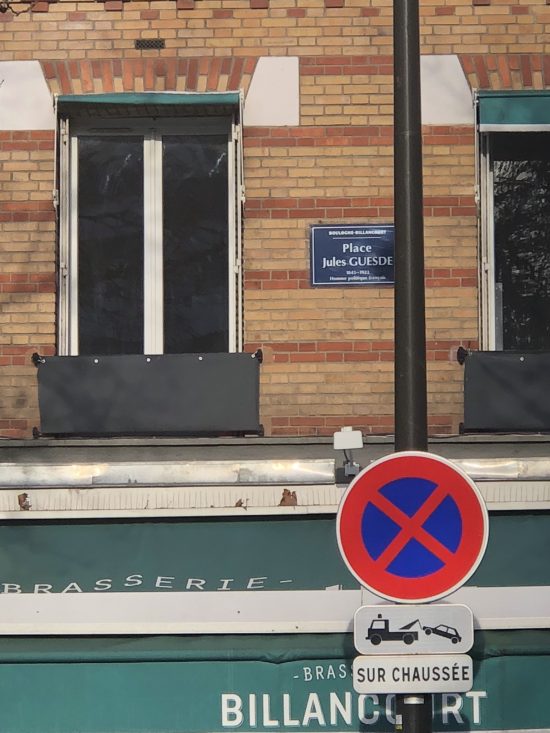
DXOMARK encourages its readers to share comments on the articles. To read or post comments, Disqus cookies are required. Change your Cookies Preferences and read more about our Comment Policy.